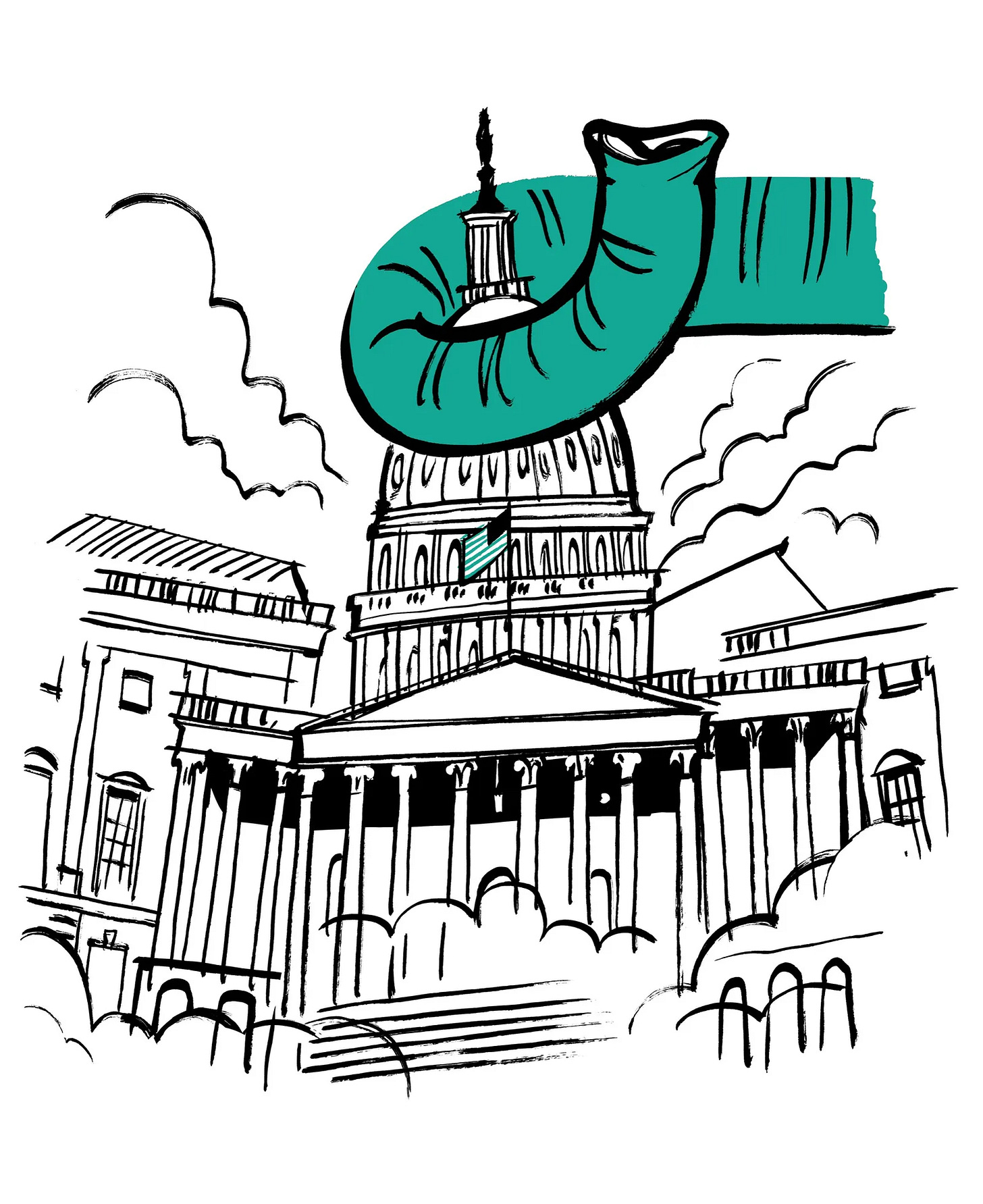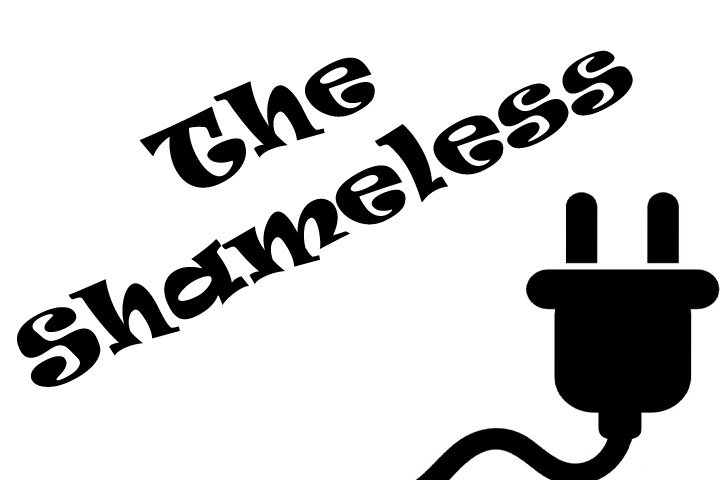The Differences Between Raising the Debt Ceiling and Negotiating the Budget
The Republicans are willing to destroy the US and global economy to get their way
Photo Credit: Joāo Fazenda
Issue #303 Government April 20, 2023
President Biden and Republicans in Congress are on a partisan collision course over raising the debt ceiling — the legislatively mandated limit on how much the U.S. can borrow.
On Wednesday, April 19, House Speaker Kevin McCarthy unveiled his proposal for raising the debt limit. His proposal not only ignores the Constitutional mandate for the U.S. to pay its bills (it's in the 14th Amendment) but conflates budget negotiations with raising the debt ceiling.
President Biden has said, "Show me your budget and you'll show me your values."
Biden has also always said that he is building the economy from the bottom up and the middle out, but the Republicans, as usual, are only thinking of the wealthiest Americans and want to put more and more economic pain on the middle and lower classes.
Tax decreases and a "trickle-down" economic policy has never worked.
That is the difference in the "values" of the Democrats and the Republicans.
Please make sure to view and act on the important information at the end of this article to help support “We Are Speaking.” Thank you!
The debt ceiling increase is intended to take care of money already spent, but the Republicans are saying that it must include future spending, and they are willing to risk the full faith and credit of the United States and bring on a global economic disaster to get their way.
Because of reduced tax revenues due to the 2017 Trump tax cuts, the debt ceiling will have to be raised by June of this year.
Just what's at stake? The consequences of a default could be economically disastrous — sending shock waves through global financial markets.
President Biden has declared that there is NO negotiating on the debt limit increase.
The proposed bill McCarthy presented calls for limiting discretionary spending (but not for the military), deleting unspent pandemic-related funds, eradicating Biden's student loan forgiveness plan, forcing people who receive government benefits to endure more strict requirements, and cutting funds intended to fully staff the Internal Revenue Service.
The bill makes cuts to the budget that funds schools, transportation, research, child care, and environmental protection, ignoring veterans’ issues, and more, taking away health, food, and income assistance from those who need it.
Additionally, changes would mean more families would lose cash assistance, and some would end up homeless or in the child welfare system.
House Republicans have separately committed to making all expiring 2017 Trump tax cuts permanent, including large tax cuts for the wealthy at a cost of $300 billion per year.
The proposed cuts would be in exchange for just a one-year debt ceiling increase.
The difference between deficit and debt
Almost every year, the government spends more than it collects in taxes — that's the deficit. To make up for the difference, it borrows money, which accumulates over time. That's the debt.
Big increases in recent years have come not only from spending to combat COVID-19 and on the wars in Afghanistan and Iraq, but also to cover the rising medical costs of an aging population, and to fund all the other services that government provides — from highway construction to national parks.
Meanwhile, tax revenue hasn't kept pace with that spending, in part because of the tax cuts approved during the George W. Bush administration and the Trump administration. By contrast, tax increases passed during the first Bush administration and the Clinton administration helped set the stage for one of those rare budget surpluses between 1998 and 2001.
One of the reasons why Bush #41 lost his re-election bid is because he raised taxes on the wealthy and the Republicans ditched him.
Raising the debt ceiling simply allows the government to continue paying bills that Congress has already incurred. On the other hand, budget negotiations dictate how the federal government will spend money in the coming year.
When the debt approaches its limit, Congress must vote to raise the ceiling in order to avoid defaulting on our obligations. This process is constitutionally mandated because it is crucial to the functioning of our government and economy. Essentially, it ensures that we can continue paying our bills and meeting our financial commitments, even in challenging times.
Budget negotiations involve compromises and trade-offs between politicians with differing ideas and priorities.
Raising the debt ceiling, on the other hand, involves debates on how much the government can loan, and who can approve or disapprove of the increase.
What happens if the debt ceiling is not raised
Failure to increase the U.S.'s ability to borrow can result in defaults on payments, the loss of tens of thousands of jobs, prevention of necessary services from being provided such as veterans benefits or Social Security checks, and much more.
It could also lead to a downgrade in the country's credit rating, which would make it more expensive for the government to borrow money and could negatively affect the stock market.
Understanding the difference between raising the debt ceiling and budget negotiations is vitally important. Raising the debt ceiling is constitutionally mandated, while budget negotiations involve more consensus-building.
A successful vote in favor of raising the debt ceiling can avoid government shutdowns and protect our economy from potential financial crises.
It is vitally important it is for Congress to pass a clean debt ceiling increase with absolute clarity about what it means for America's future economic prospects.
You can always leave any questions in the comments or email us.
This article is free to access for 7 days after publication. Please consider becoming a paid subscriber for $5/month or less to access all of the articles and other benefits.
This is your chance to support everything Keith and Pam do. We appreciate you!
Purchase and download your copy of the “Branding And Marketing For The Rest Of Us” eBook for Independent Authors and Creative and Solo Professionals and other valuable eBooks.
Enroll in one of the 6-course bundles designed especially for you: “Author and Book Marketing” and/or “Essential Creative Marketing.”
Purchase your copies of “Detroit Stories Quarterly” issues.
What else do Keith and Pam do?
Where else can you find us?
Click the link below to learn everything you need to know and review everything we offer for independent writers and creative and solo professionals.






